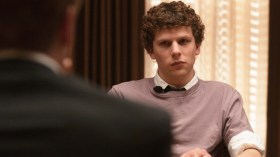It’s said the once and future King Arthur slumbers beyond the mists of Avalon until such time as Britain has need of him once more.
You have to wonder if his alarm didn’t go off, going into reunited director Danny Boyle and writer Alex Garland’s batshit-crazy-good 28 Years Later, because if ever the UK needed its mythological hero, it was about 27 and a bit years ago. Typical.
That was when the Rage virus broke free from a science lab in the filmmaking duo’s game-changing 28 Days Later (2002), popularising fast-acting infected hordes. Cillian Murphy’s dazed and confused bike courier Jim, freshly awoken from an Arthurian-like nap, fled the city and shit got fucked up fast. So much so that the bombastic stars and stripes bluster of the US Army were entirely ill-equipped to contain the contagion in Juan Carlos Fresnadillo’s 2007 sequel 28 Weeks Later.
Featuring Rose Byrne and Idris Elba, it followed the James Cameron school of bigger is better. While it has its merits, a too-big budget worked counter to recapturing the original’s visceral thrills.
So how to continue the catastrophe all these years (23, but who’s counting?) later?
28 Years Later: rage roids
It’s fair to say that of all the things I expected going into 28 Years Later, the last thing on my mind was beauty. But here it is in abundance.
Crumbled villages reclaimed by gnarled trees run riot, mossy strands snarling great wind turbines and the rusted shock of the Angel of the North swamped by tall grasses all evoke both a golden yesteryear and the nuclear collapse of Threads.

Ravaged by the infected en masse, they have evolved into new forms, including worm-snuffling slow crawlers and embarrassingly well-endowed alphas, pumped with roid-rage, perhaps explaining how why some of the not-quite-dead appear to be procreating.
With no Arthurian champion forthcoming, the UK has regressed into a medieval-style agrarian age, ringed by the steel of international naval forces maintaining lockdown on the island’s compulsory quarantine. Left to fend for itself sans internet, smartphones, electricity, planes, trains or automobiles, the vastly reduced populace has fallen back to one-for-all fortified outposts.
They include Holy Island off the northeast coast of England, where a tweely creepy village has sprung up across a causeway that’s only crossable at low tide. With shades of Summerisle in The Wicker Man (not the Cage one, please, bees), its citizens are farmers and fishers who pass the time sloshing scrumpy in the town hall beneath a portrait of the Queen, weaving haunted-looking tapestries and fashioning arrow-struck masks that resemble their bleeding-eyed nemeses.
Maintaining a constant vigil on the crossing, defenders also venture to the mainland to chop firewood or hunt the infected. A task Aaron Taylor-Johnson’s Barbour-clad dad Jamie has decided his sweet 12-year-old son Spike (Rocco Haynes, ace) is ready for. This despite the protestations of his only semi-lucid mum, Isla (a magnificent Jodie Comer), drifting in and out of a rosy glowing past as she burns up with an unspecified ailment.
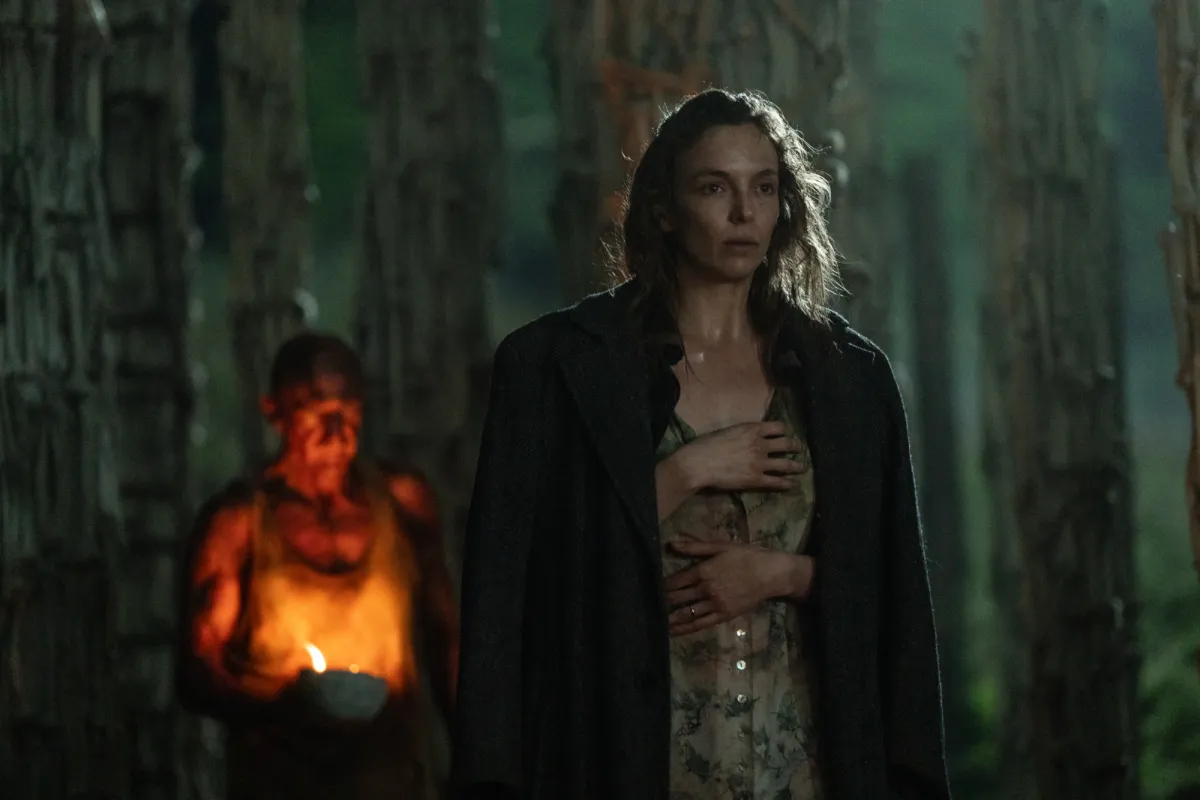
After Spike’s almost ill-fated first foray reveals there may be a decidedly odd doctor at work across the causeway, he determines to find him, spurred on by disgust at his philandering father. Leading his disorientated mum with him, they follow a smoking fire’s trail towards Dr Kelson.
As played by a marvellously uncanny Ralph Fiennes, drenched in iodine to discourage the virus, he may look like he’s just lost his marbles in Apocalypse Now, but Kelson’s actually a survivor who has refused to be broken by unrelenting death.
With the Latin phrase ‘memento mori’ – remember you must die – as his motto, he’s at peace with whatever may come, fashioning a bone temple with fragments of the fallen, a tribute to life like the catacombs of Paris, where the infected once reached before being driven back to Britain.
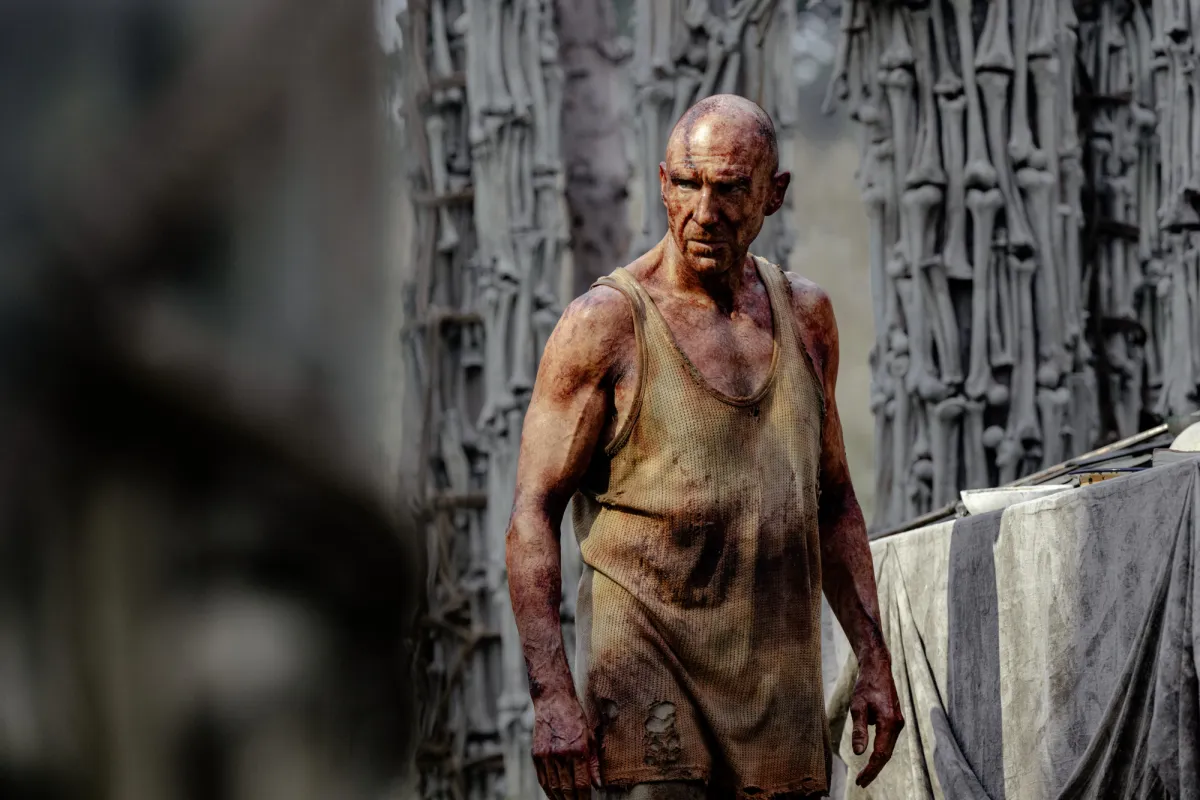
28 Years Later: for king and country
Eternity is laced through a skull’s eye socket in 28 Years Later, which has no business being this ethereally unmooring. But, as Renton once suggested, the film chooses life. As does Spike, opting for honour and his mother’s love over his father’s hero-at-all-costs bravado, even as she fades away with no medicine to be had.
Bounding far beyond the premise of most zombie movies, Boyle and Garland continually push our expectations onto the back foot, fashioning a decidedly bucolic end times. They’re accompanied in this diabolically divine endeavour by franchise-returning cinematographer Anthony Dod Mantle, who shoots in epic widescreen and leaps between lens styles, including a rig festooned with a phalanx of pimped-up iPhones.
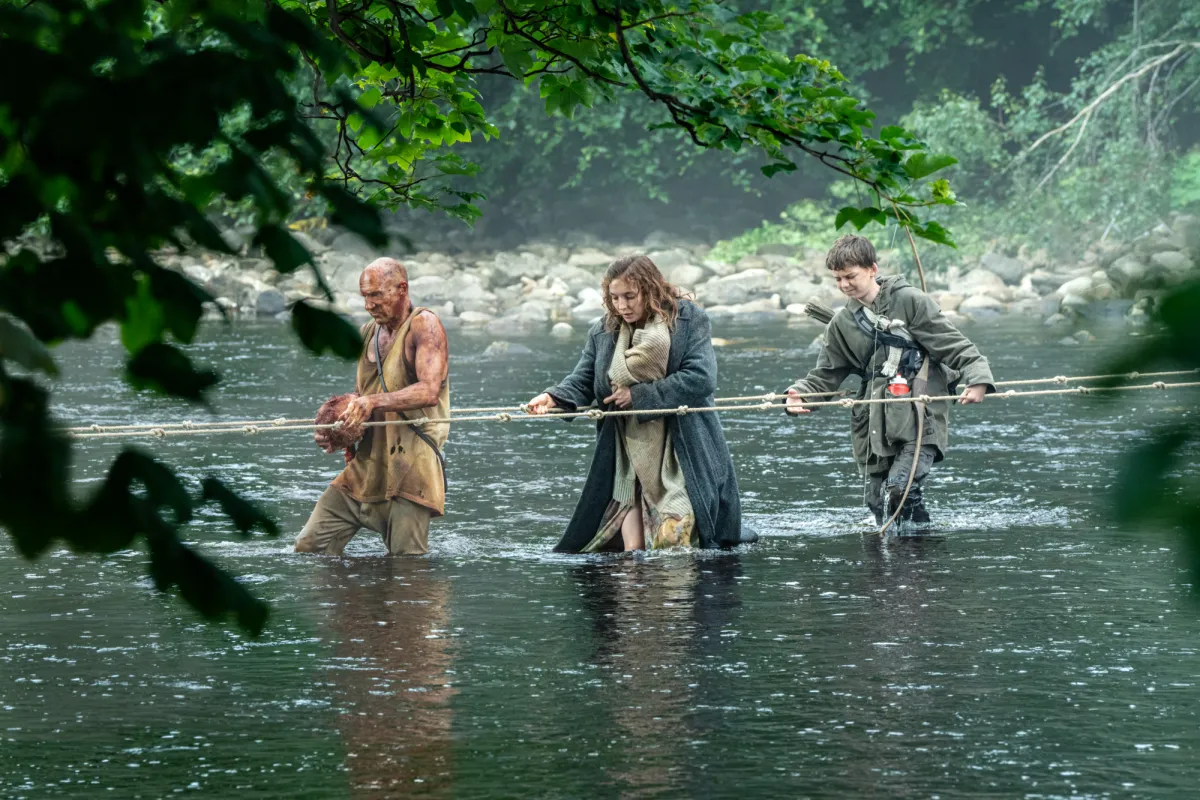
Glinting sunlight flares in silken spiderwebs and fires explode like molten gold. Scattershot snatches of visions are interspersed with down-and-dirty fight sequences featuring the frantically juddering style of the original.
Editor Jon Harris, another regular collaborator, pierces the present with the brutal sniping sequence from 28 Weeks Later, as well as real-world war footage accompanied by Rudyard Kipling’s haunting poem Boots, spookily recited by Taylor Holmes.
Further enhancing the idea that this is Britian’s darkest hour, mythologically so, the Holy Isle’s archers are interspersed with clips of bow and arrow battle lifted from Laurence Olivier’s vaulting adaptation of Shakespeare’s Henry V, both Agincourt and England in the blink of our mind’s eye.
Blazing with the intensity of Isla’s fugue, 28 Years Later is a rapturously discombobulating experience, vaulting from a crazed vicar rejoicing the oncoming storm of Judgement day in the Highlands-set prologue, his son be damned, to spinal cords ripped out from the crown and exploding Shell gas stations that have pointedly lost their ‘S’, a hell here a la Batman Returns.
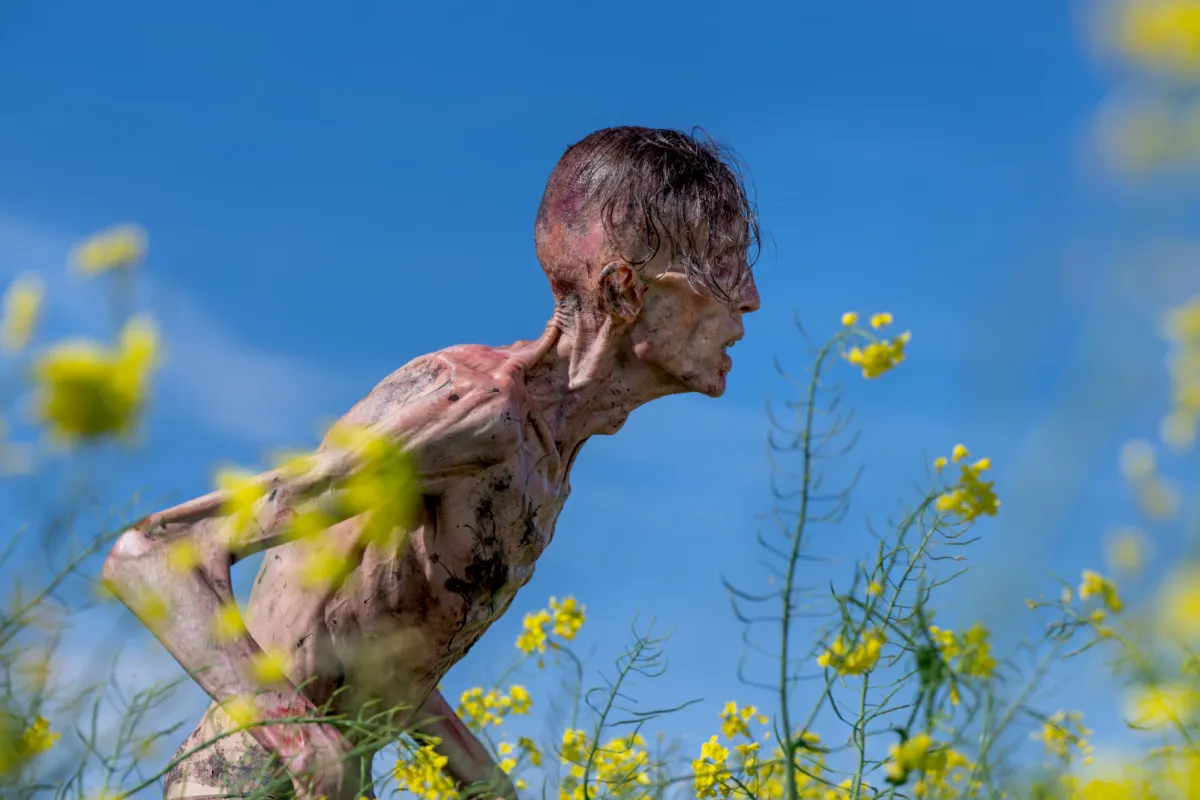
There’s humour, too, as a Swedish soldier (Edvin Ryding) proffers his dying battery phone to Spike, who perceives it almost akin to Merlin’s magic, then spoils the spell when confronted with the lip filler falsehood of the older lad’s supposed belle. ‘What’s wrong with her face?’ Spike innocently asks, before adding, ‘We have a girl like that in the village. She’s allergic to shellfish.’
Young Fathers’ dread-filled synth score dances from despair to the sublime and back again, and then at once the film falls pointedly whisper-quiet.
In the magnificent hands of Fiennes’ gentle giant of a man, as intriguing a character as he has depicted in many a year, Comer’s ferociously loving mother and a capable-beyond-his-years Haynes, Boyle and Garland’s bewilderingly abstract and arcane film takes wing.
Caught between angels, demons and the demented brilliance of whatever the hell Jack O’Connell is doing here (more on that later, in Nia DaCosta’s already shot The Bone Temple), 28 Years Later dares to fever dream in such a wild and unruly way that might just awaken old Arthur from slumber’s embrace. About bloody-eyed time.


